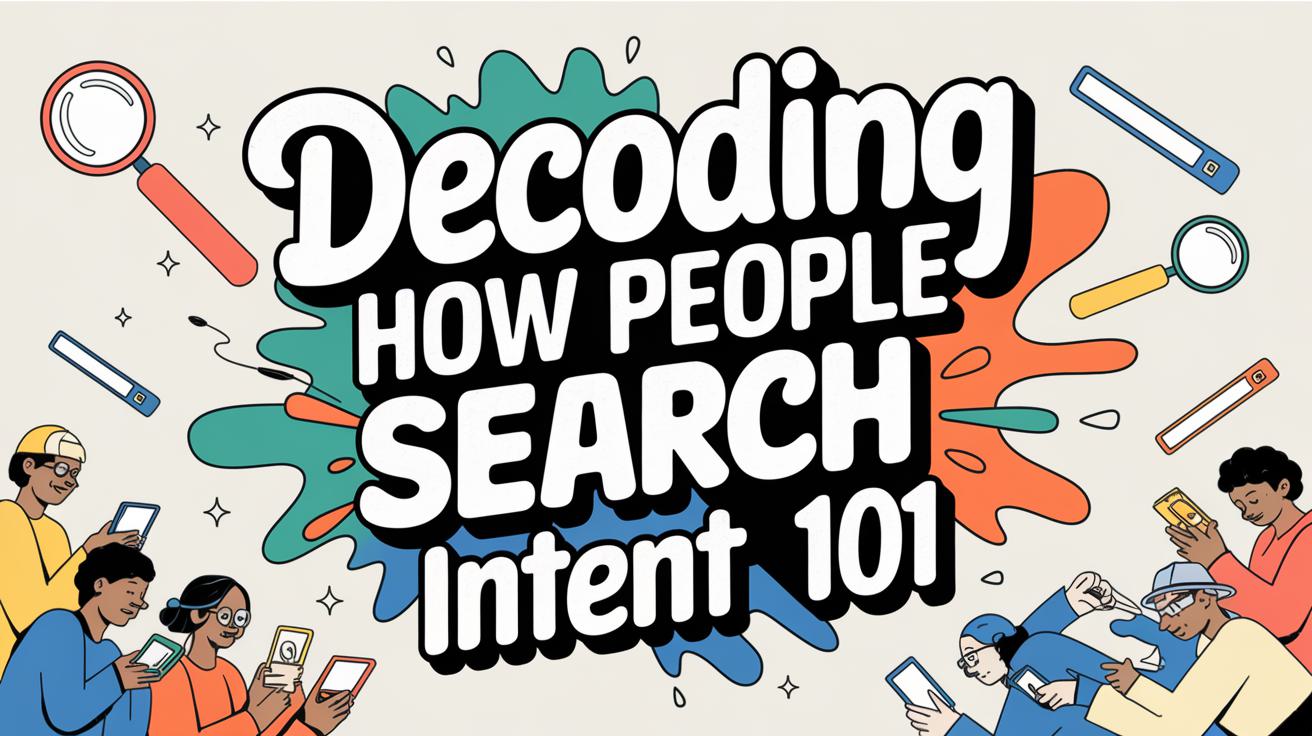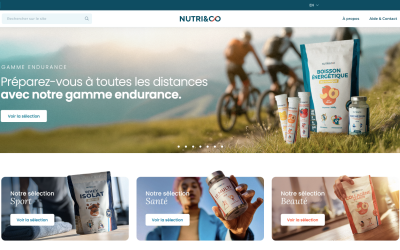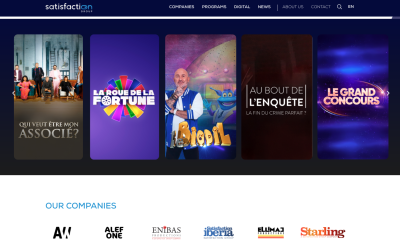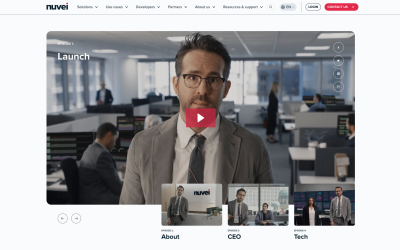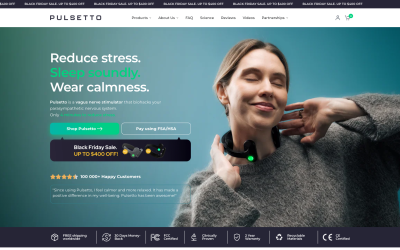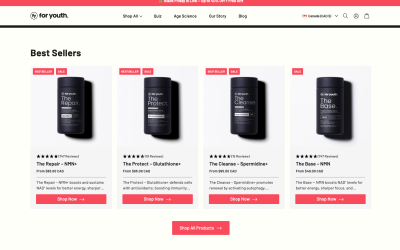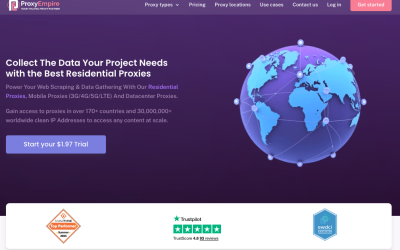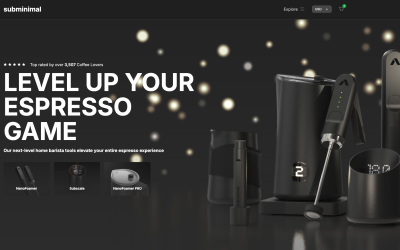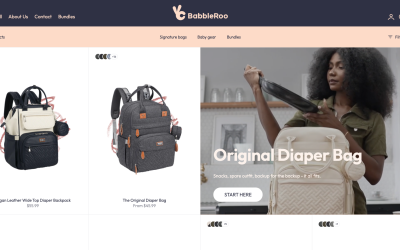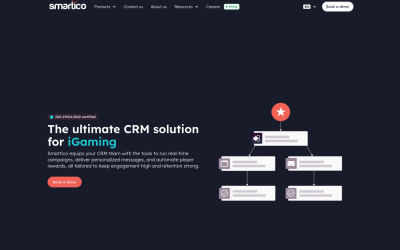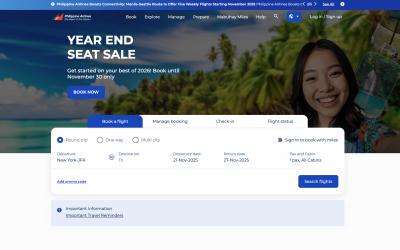User intent in SEO has evolved from keyword-focused strategies to understanding the underlying purpose of search queries. This shift emphasizes decoding how people search by categorizing intent into four types: informational, navigational, transactional, and commercial investigation. Search engines now interpret queries based on context, language, and user behavior. Optimizing content to match user intent involves addressing specific needs and expectations. Success in intent-based SEO is measured through user satisfaction metrics rather than just traffic numbers. Further exploration reveals the nuances of this approach.
Essential Insights
- User intent categorizes searches into informational, navigational, transactional, and commercial investigation types.
- Search engines analyze context, language, and intent to interpret queries accurately.
- Content optimization involves understanding user needs beyond keyword usage.
- Success in intent-based SEO is measured by user satisfaction metrics like conversion rates and engagement.
- Monitoring search behavior trends helps adapt SEO strategies to meet evolving user needs.
The Evolution of SEO: From Keywords to Intent
As search engines grow, SEO changes too.
It used to be all about keywords.
Now, it's more about what people want.
This change is because of new search tools and how people search.
We focus on making content that is important.
Good content helps your website show up more.
SEO is now about meeting what users need.
SEO has evolved beyond keywords to focus on fulfilling user needs. Successful strategies now prioritize creating content that aligns with searcher expectations and intent.
We make sure our content fits what searchers expect.
Understanding the Four Types of Search Intent
Search intent is a big part of SEO.
There are four types of search intent.
First, there is informational intent. This is when people want to learn something.
Next is navigational intent. Here, users are looking for a specific website.
Then, we have transactional intent. This is all about buying things.
Lastly, there is commercial investigation intent. This means users are doing product research.
When we know these intents, we can make better content. This helps our content show up more in searches.
It also makes our content more helpful to people.
As an SEO expert for 10 years, I know how to use search intent. It helps us create the right content for the right needs.
This makes our SEO strategies strong and successful.
How Search Engines Interpret User Queries
Understanding how search engines interpret user queries is key for good SEO.
They look at context, language, and intent.
Search engines sort queries into dominant, common, and minor meanings.
They follow rules to check if content is relevant and if users are happy.
Ambiguous queries can be tricky.
They need more clues to figure out what the user wants.
| Query Type | How It's Understood |
|---|---|
| Dominant | Most common meaning |
| Common | Secondary meanings |
| Ambiguous | Look at the context |
| Trending | Based on current events |
| Evolving | Changes with user habits |
I've been an SEO expert for 10 years.
I know how important it is to get these details right.
Search engines are smart, but they need help to understand us.
That's where good SEO comes in.
Optimizing Content to Match User Intent
Optimizing content to match what users want is key.
It needs more than just using the right keywords.
Marketers need to sort questions into types: know, go, and do.
Using low-volume keywords can help reach small groups.
Low-volume keywords are powerful tools for targeting niche audiences, allowing you to connect with specific groups and deliver tailored content that resonates.
It's important to understand how people talk and search online.
This helps in making better content.
Google's Search Quality Rating Guidelines are useful.
They help us check if people are happy with the content.
This makes sure our content is relevant and engaging.
I have been an SEO expert for 10 years.
I know how to make content that meets user needs.
Measuring Success: Metrics for Intent-Based SEO
Measuring Success: Metrics for Intent-Based SEO****
Checking success in intent-based SEO is a bit different.
We don't just look at numbers like before. Now, we pay more attention to things that show how happy users are.
Conversion rates are important. They show if people do what we want after visiting our site.
Engagement metrics tell us if users like our content. It means they are reading, clicking, or staying longer.
The Search Quality Rating Guidelines help us. They check if our content is good and meets what users expect.
We also watch how people search. If they start using more conversational phrases, we notice.
This helps us change our plans to fit what people want.
In short, we use these methods to see if our SEO is working. And we make sure we meet users' needs.
Final Thoughts
Understanding user intent is now key in modern SEO strategies.
By figuring out how people search, marketers can make content that fits users' needs.
This change from focusing on keywords to looking at intent shows how search engines and users have grown.
As search tools get better, good SEO will depend more on knowing why people search and meeting their needs.
This leads to better user experiences and higher search rankings.
For expert help, try our Google Autosuggest Creation Service, iGaming SEO services, and professional SEO services.
